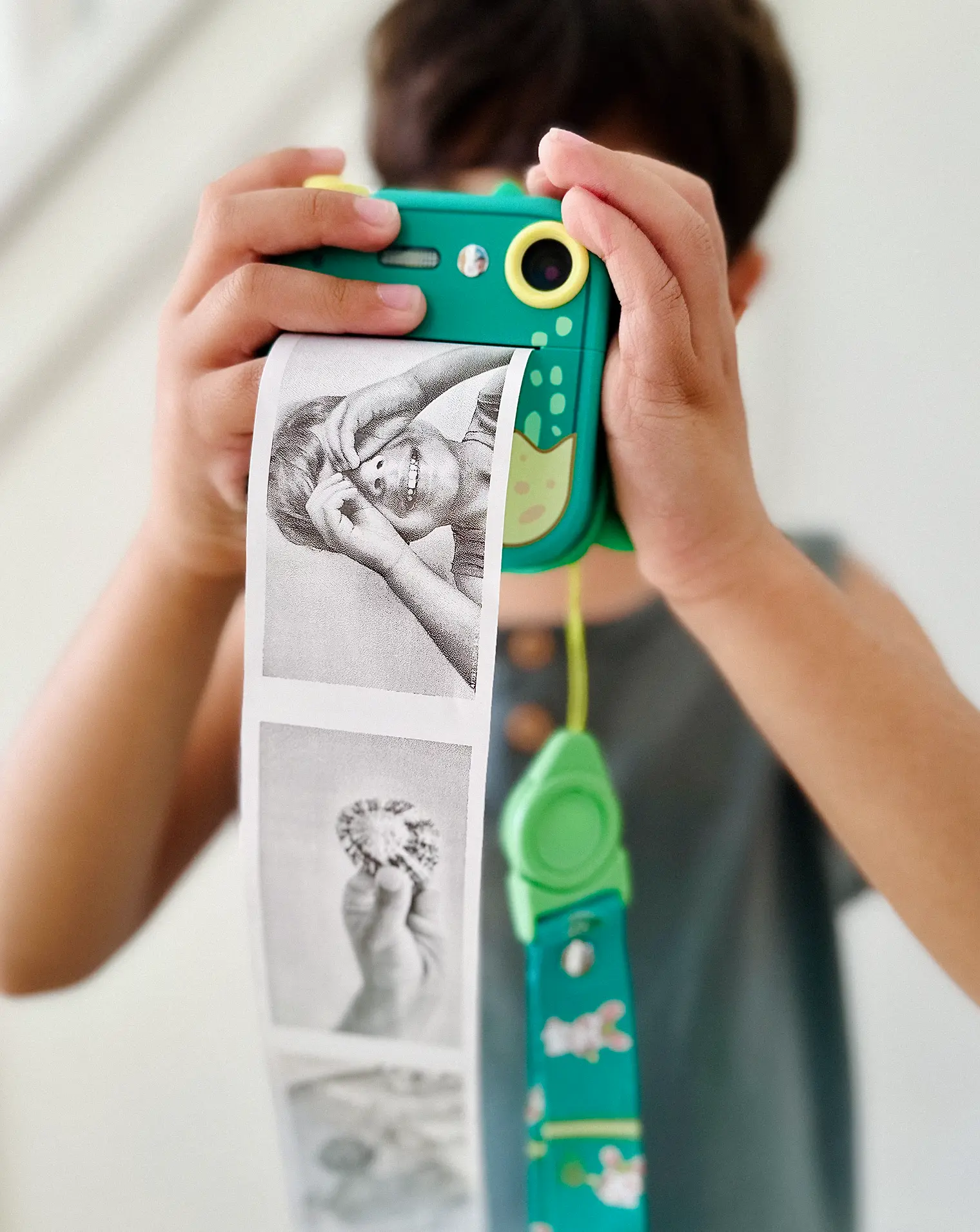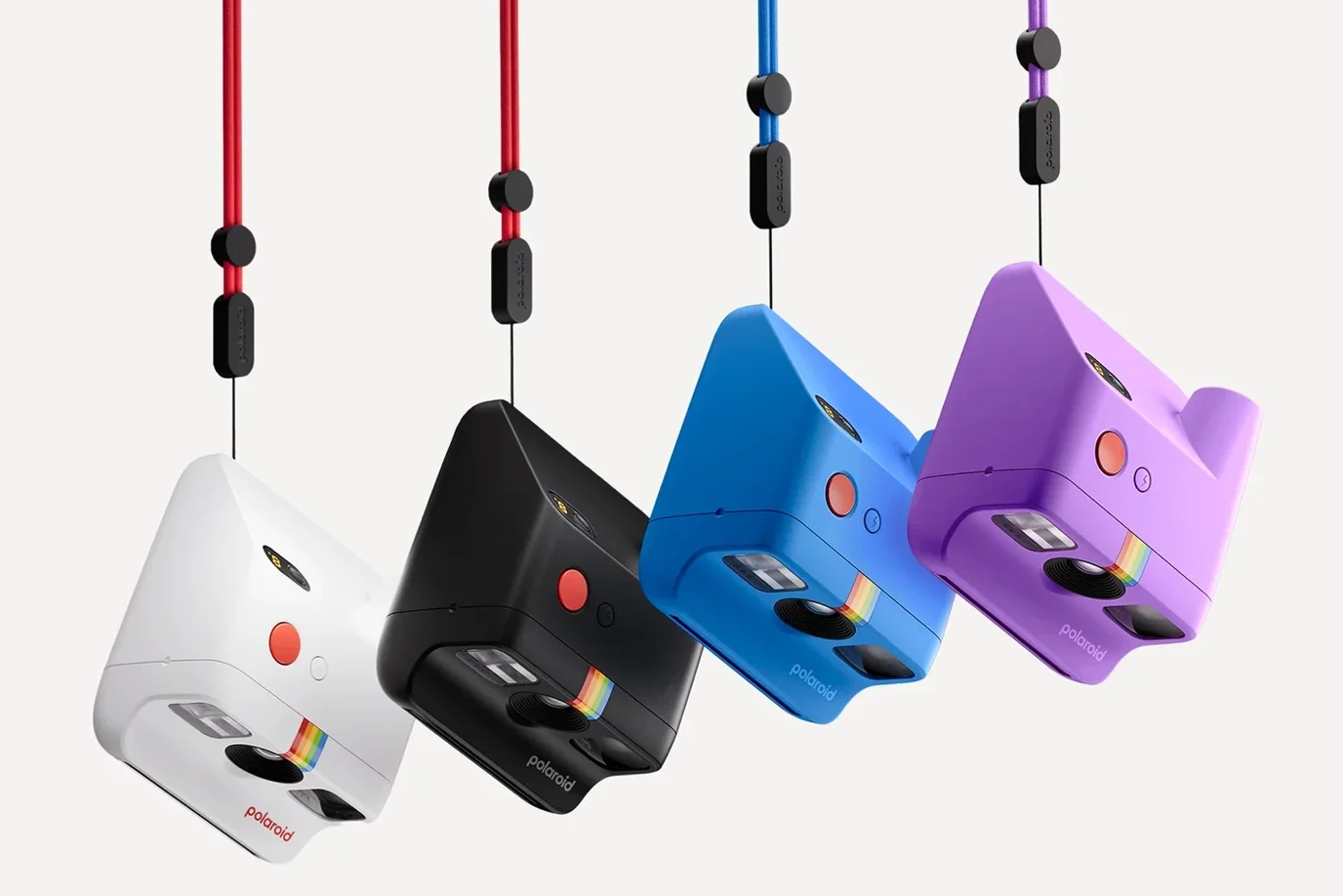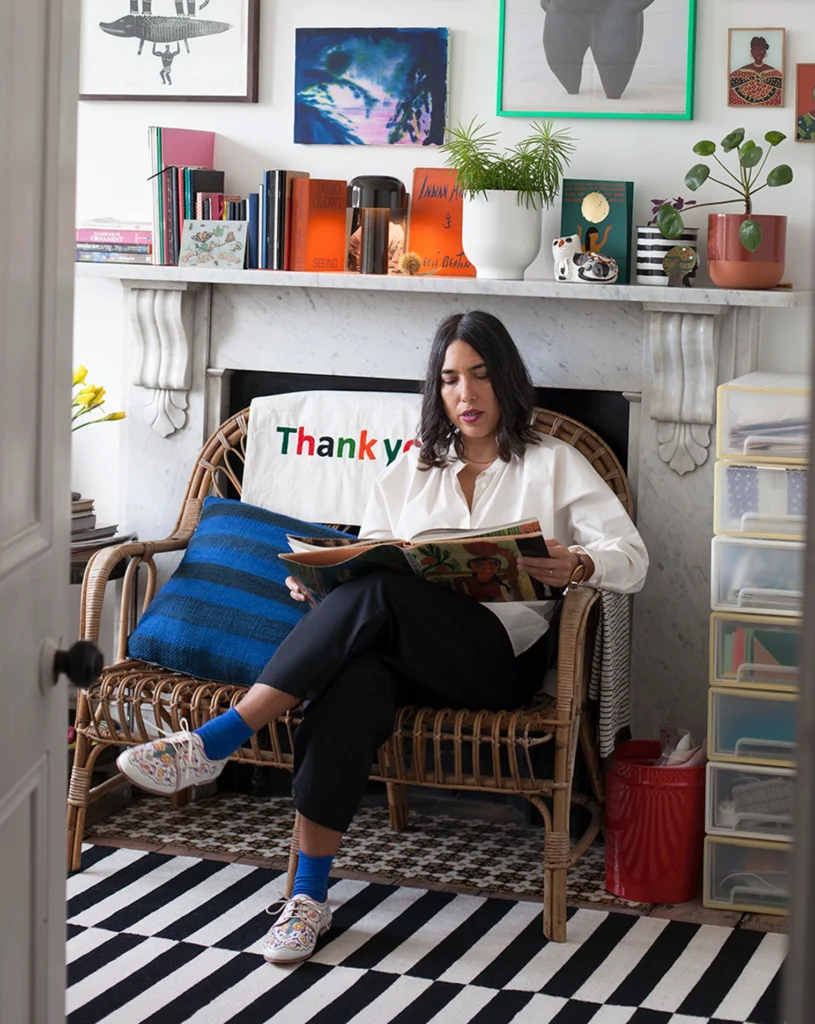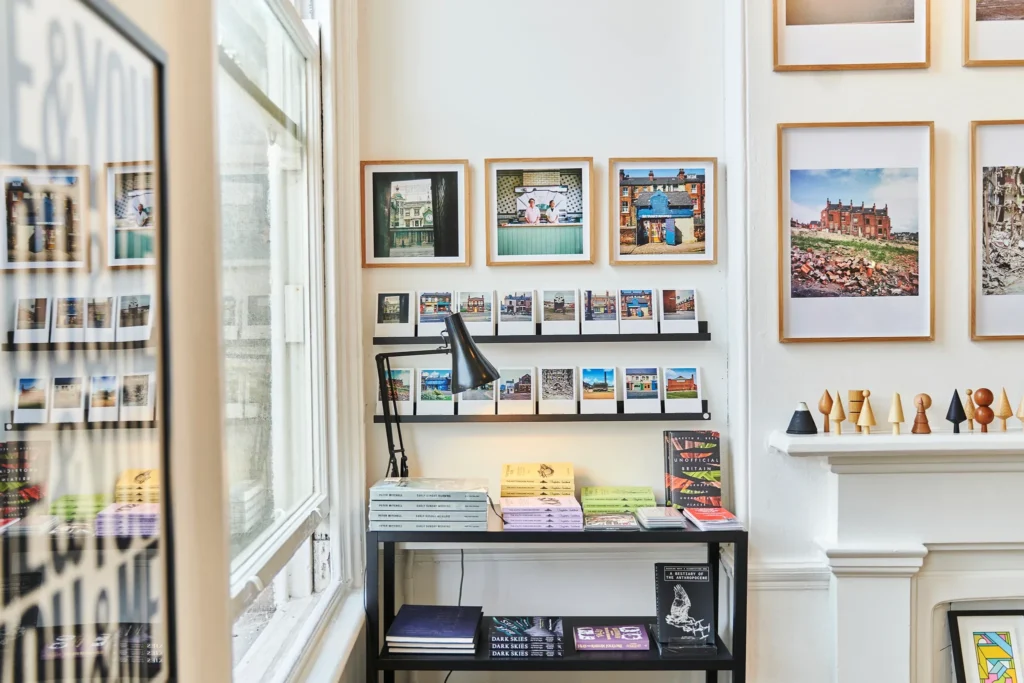Hand a child a camera and it’s more than just an offer to take pictures; it’s an invitation to see the world differently. There’s a quiet kind of magic in how photography stirs curiosity in kids, urging them to pause, observe, and find wonder in the small details that often go unnoticed. Suddenly, a walk to school becomes an adventure in colour and light, or a rainy window turns into a canvas of reflections.
In this article, we explore how photography isn’t just creative. It’s a grounding exercise that sharpens the mind, teaching patience and problem-solving while nurturing the art of composition; skills that naturally spill over into other areas of learning. Ask any good photographer and they’ll tell you that framing a shot requires thought, perspective, and timing — essential skills for kids that also come in handy when writing stories, conducting science experiments, or solving a tricky maths challenge. For children who struggle to find their voice in writing, a photograph can often become a bridge between image and expression. Side Mission — If you get your child snapping away after this article, try having them write a short caption for their photo(s), or get creative with titles.

We first introduced our eldest to a cheap entry-level camera at around four years old, so she could copy dad snapping away on his DSLR. At that age, image-making begins to click. It’s such a quietly empowering experience that opens a world of choices for our kids. What to focus on, what to frame, what to ignore, and what story to tell?
A great place to start can be setting simple challenges. Whether it’s documenting an insect in the garden, capturing the morning light filtering into a room, or taking a portrait of a loved one (or pet), these moments are precious. By encouraging play and exploration, we help our kids celebrate the small, fleeting moments that make up a childhood, all while documenting the world from their perspective. Sometimes, all it can take is a series of photos from different angles (standing, crouching, lying down).
To explore how parents can support a child’s interest in photography, we caught up with Professor Lala Meredith-Vula, who teaches Art and Photography at De Montfort University in Leicester, UK.
For Lala, one of the most powerful ways to nurture young photographers is through real-world exposure to the medium. “Take them to exhibitions,” she suggests. “The Photographers’ Gallery in London is a great option. It’s just off Oxford Street, so you can combine it with a bit of shopping or sightseeing that might appeal to kids, then dip into the gallery as part of a day out.”
She also recommends subscribing to art and photography magazines, not just to offer something tactile and screen-free, but to help children start noticing what they’re drawn to. “Ask them to cut out images they like,” she says. “Maybe pin them up in their room so they can study the photographs that speak to them.” Tip — NatGeo Traveller or Geographical Magazine is a great place to start since it’s often packed with incredible photos that come with accompanying stories about how they were shot. For older kids (13+), Source Magazine is a great place to begin.
If their interest grows, you can explore courses or introduce them to film later on. But in the early stages, it’s all about playful exploration.
Books can also be a great entry point. Lala recommends The Photo Book by Phaidon or 20th Century Photography by Taschen; both rich visual collections that help children develop an eye for mood, framing, and storytelling.

For younger readers, try Eyes Open: 23 Photography Ideas for Curious Kids by Susan Meiselas, which is full of fun, practical prompts. Seeing Things by Joel Meyerowitz is another beautiful title that encourages children to slow down and think about what makes an image memorable.
In our own family, we’ve found that giving kids a Polaroid camera can be a brilliant way to slow down the process. The same goes for ordering physical prints through the post. By limiting the shots, it creates anticipation like the old days of shooting film (heads up, if, like my five-year-old, your kids are more trigger-happy, film can be pricey). For this reason, we love thermal cameras as a first step. The images are monochrome and straightforward, but that’s part of the charm. They’re inexpensive, fun, and perfect for drawing on or adding to scrapbooks. It turns photography into a hands-on, creative experience that kids often find irresistible.

Photography offers quieter, more profound benefits, promoting mindfulness and encouraging children to get outdoors. It helps them tune into light, shape, and emotion, and through the lens, they begin to see their surroundings differently. As Lala puts it, “Taking photos can help kids appreciate and love the things around them. We usually take photographs of things you want to remember.” Encouraging children to print and display their favourite images on a pinboard, fridge, or tucked inside a backpack builds a lasting sense of pride in their perspective and their world.
In the process, children not only develop their creativity, but they also begin to trust their instincts. With each photo, they’re saying, ‘I saw this. I noticed this. This is how I see the world’. That quiet confidence, built through small creative acts, can stay with them far beyond the frame.

So, how can you help develop this love for photography?
The answer is to be involved while also giving creative freedom. Encourage adventure, set challenges, play games, create narratives and of course, encourage their unique perspectives. Get sharing, offline, with friends and family. Then, if you’re looking to go a step further, photography competitions can offer young creatives the chance to refine their skills, embrace new challenges, and build confidence in their artistic voice.
The process itself, selecting an image, entering a competition, and waiting for the result, teaches resilience and self-belief. A commendation, shortlist, or even a simple word of encouragement reinforces that their perspective is valued. More than that, competitions push children to experiment, refine their craft, and think critically about their work. Win or lose, the experience is a creative stepping stone, nurturing the kind of confidence that lasts well beyond the competition.
Young RSPCA
Young WPY
World Photography Organisation





